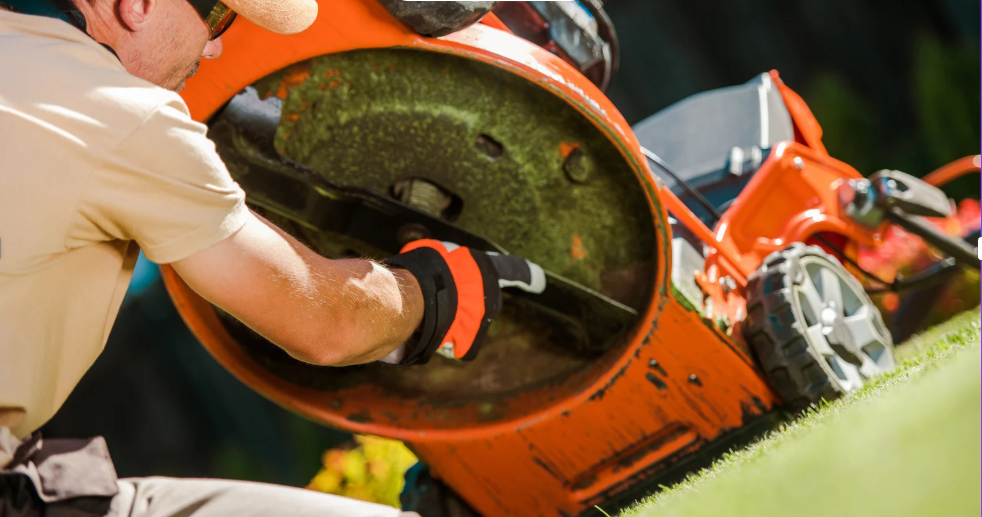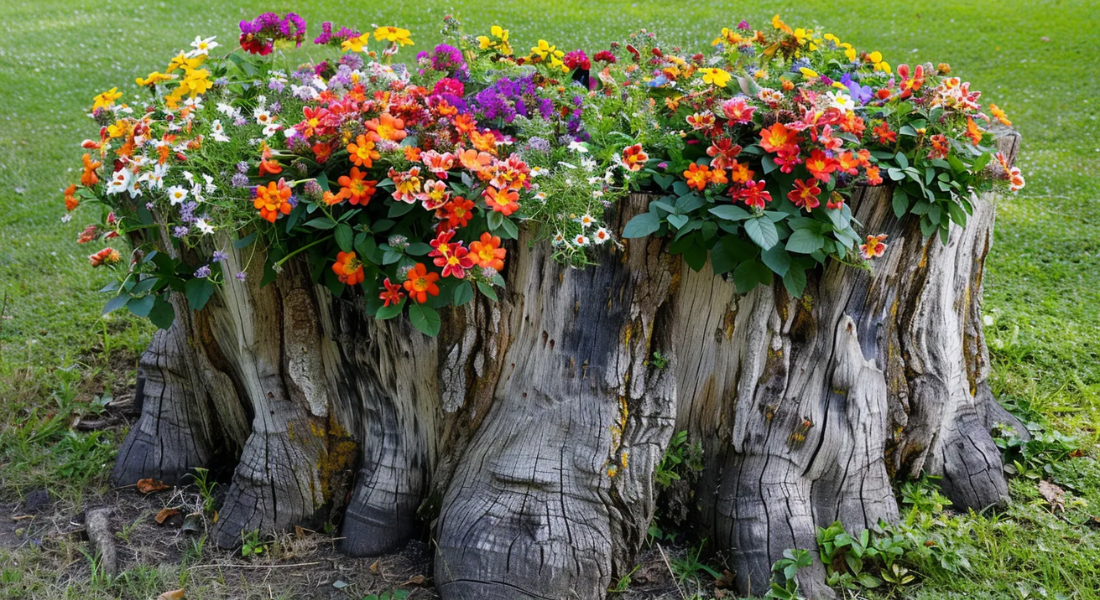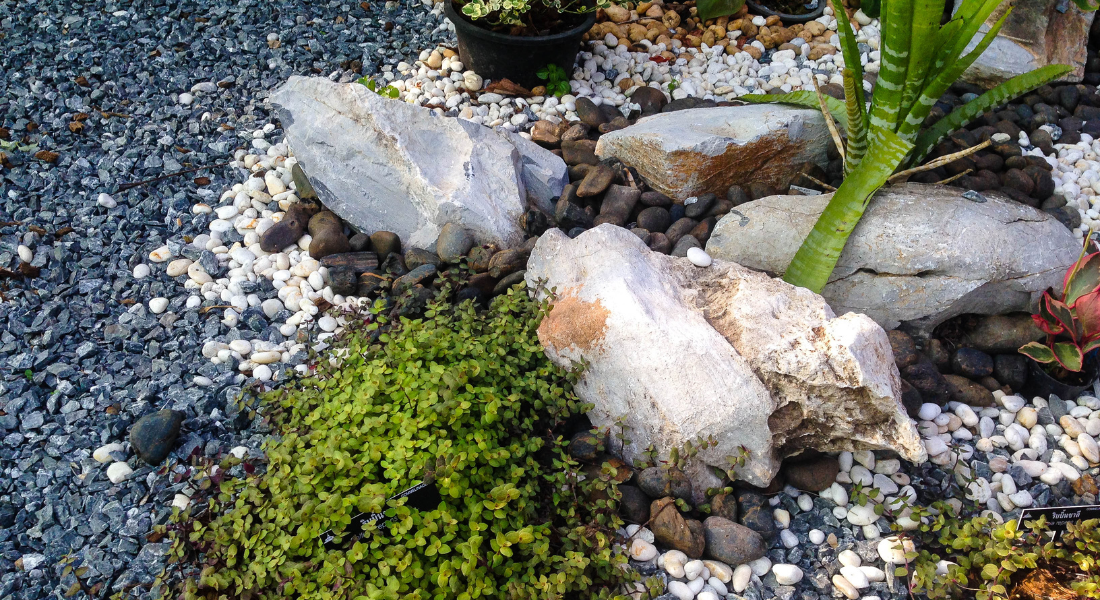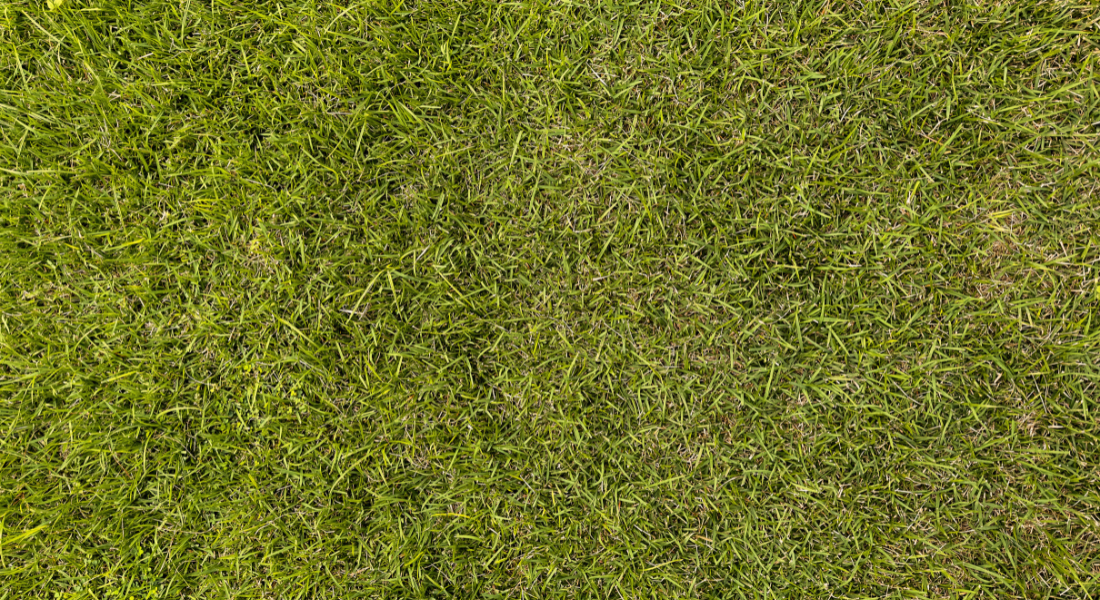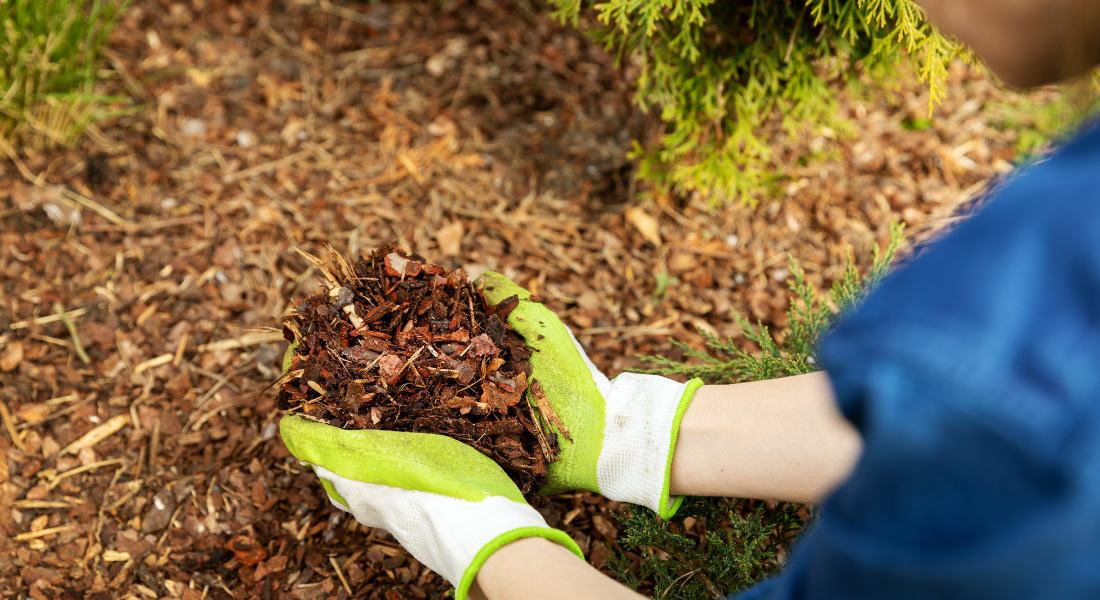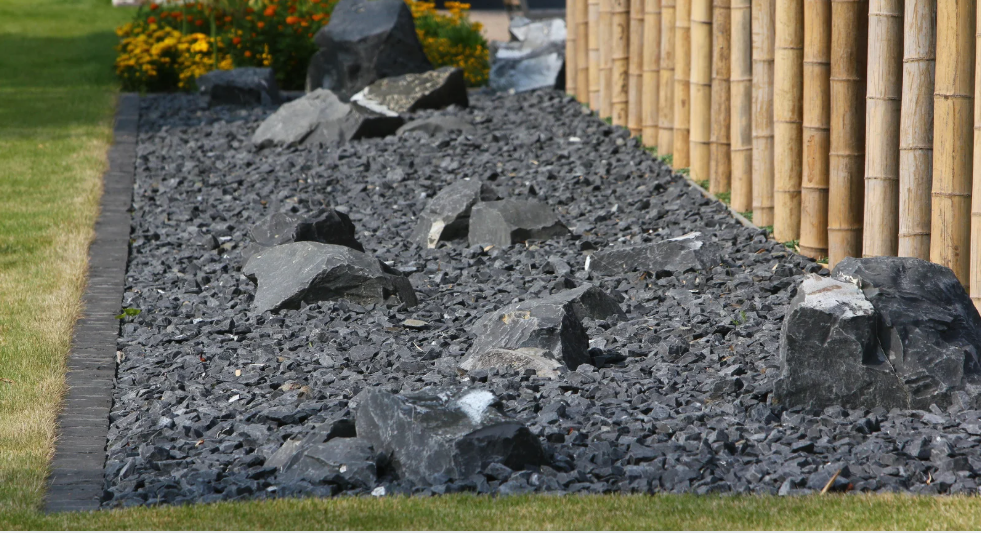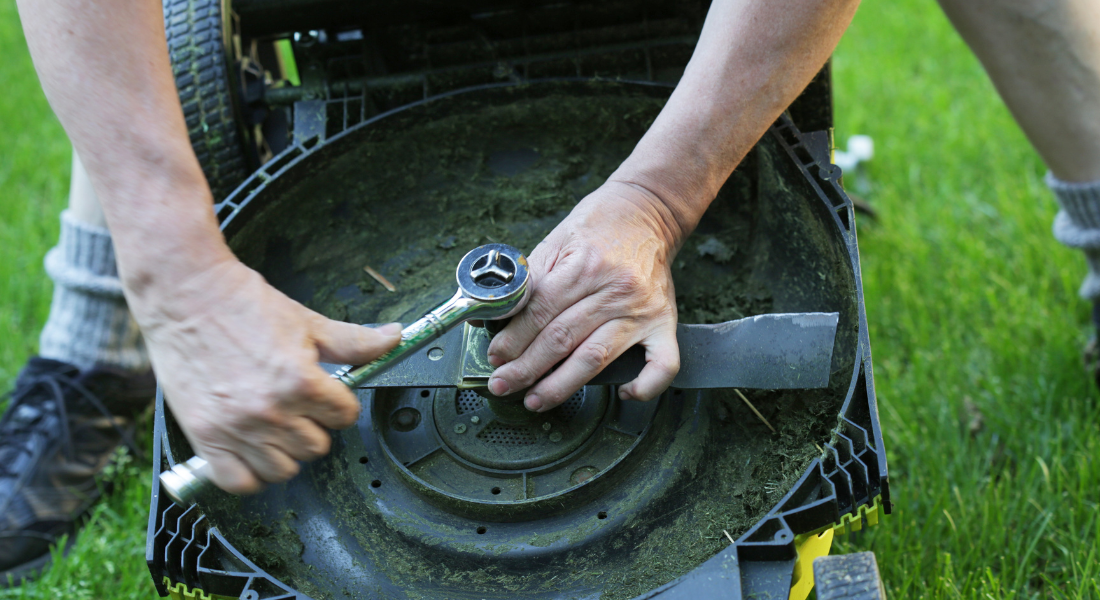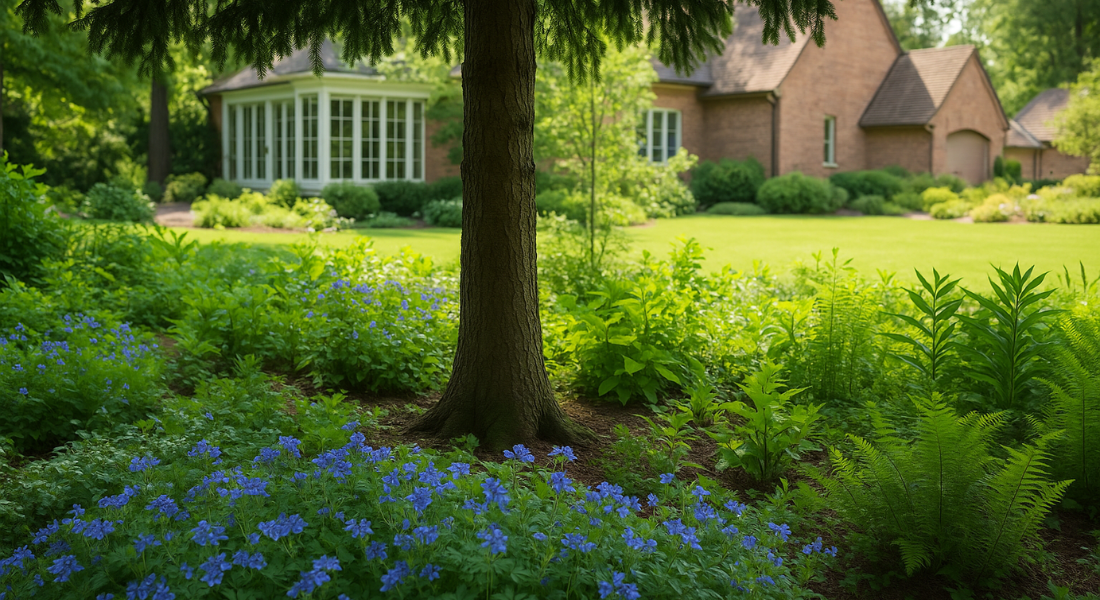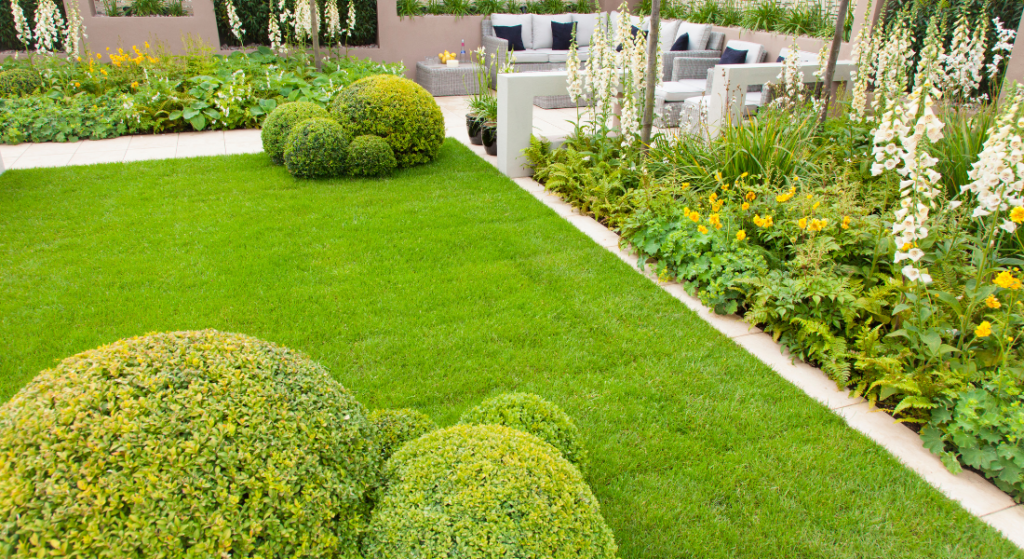How to make Lawn Green and Healthy
Having a lush, green lawn can feel quite hard right? You water it, you mow it, and yet it still doesn’t look the way you want. Maybe it’s patchy, maybe it’s more brown than green, or maybe it just lacks that vibrant color you see in your neighbor’s yard. It’s frustrating, especially when you’re putting in the effort and not seeing the results.
But here’s the good news: achieving a greener lawn isn’t as hard as it seems. With the right tips and techniques, you can have the green, healthy lawn you’ve been aiming for. In this blog, we’ll walk you through the exact steps you need to take to make your lawn greener, healthier, and more beautiful than ever. Let’s get started!
1. How To Make Your Grass Greener and Healthier
To make your grass greener, let’s start with the basics: pick the right grass type and give it the proper care. Different grasses thrive in different climates. For example, cool-season grasses like Kentucky Bluegrass do well in cooler areas, while Clarksville has a humid subtropical climate, so it’s better to choose grasses that can handle both hot summers and mild winters like Bermuda or Tall Fescue.
Once you have the right grass, focus on keeping your lawn healthy. This means watering, fertilizing , and mowing correctly. Regular lawn maintenance gives your grass the nutrients it needs to stay strong and vibrant. The key to greener grass is understanding what your lawn needs and when it needs it.
2. How Often Should You Water Your Lawn?
Generally, your lawn needs about an inch of water per week, including rainfall. However, this can vary based on your grass type and local climate.
The best time to water is early in the morning when it’s cooler and less windy. This way, the water soaks into the soil instead of evaporating. Avoid overwatering, which can cause shallow roots and make your lawn prone to disease. On the flip side, underwatering can lead to brown patches and a dull appearance.
3. Why Is Aerating Your Lawn Important?
Aeration is making small holes in the soil to let air, water, and nutrients reach the grassroots. This reduces soil compaction, helping the roots grow deeper and absorb more nutrients. Aeration is very important for lawns with heavy clay soil or lots of foot traffic.
You should aerate during the growing season, either in spring or fall, so the grass can recover quickly. Aerating improves your lawn’s health, making it greener and more resilient.

4. What Role Does Fertilizer Play in Lawn Care?
Fertilizer is essential for a healthy lawn. It supplies the nutrients grass needs to grow strong and green. The main nutrients in fertilizers are nitrogen, phosphorus, and potassium. Nitrogen promotes green growth, phosphorus helps with root development, and potassium supports overall plant health.
To choose the right fertilizer, start with a soil test to see what nutrients are missing. Follow the instructions on the fertilizer package to avoid overuse, which can cause runoff and harm the environment.
5. What’s the Best Time to Fertilize Your Lawn?
For cool-season grasses, fertilize in early spring and late fall when they are growing most. For warm-season grasses, late spring and summer are ideal.
Fertilize at the right time to ensure your lawn gets the nutrients it needs during its peak growth periods. Avoid fertilizing during extreme heat or drought, as it can stress the grass and lead to poor results.
6. How to Mow Your Lawn for the Best Results?
Mowing correctly is key to a healthy lawn. Never cut more than one-third of the grass blade at a time to avoid stressing the grass. Most lawns should be kept between 2.5 and 3.5 inches high, depending on the grass type.
Use sharp mower blades for a clean cut. Dull blades can tear the grass and make it more susceptible to disease. Regularly sharpen your mower blades and adjust the mowing height according to the season for the best results.
7. What Are the Best Ways to Prevent Weeds?
Weeds can steal nutrients, water, and sunlight from your grass, so keeping them at bay is crucial. Start by maintaining a thick, healthy lawn, as dense grass helps crowd out weeds. Regular mowing, proper watering, and fertilizing are key preventive measures.
To control weeds that do appear, use pre-emergent herbicides to stop weed seeds from growing or post-emergent herbicides to kill existing weeds. For a natural approach, you can hand-pull weeds or use organic weed killers.
8. How to Keep Your Lawn Green During the Summer Months?
Summer can be tough on your lawn, especially in hot and dry climates. To keep it green, water deeply and less frequently. This encourages deep root growth and helps your lawn survive heat and drought.
Raise your mowing height in summer to help protect the grass. Taller grass shades the soil, reducing water loss and keeping the lawn cooler. Regularly check for stress signs, like wilting or brown spots, and address them promptly.
9. Watch For Pet Problems
If your pets leave brown spots on the lawn, quickly flush the area with water. This helps wash away the urine and prevent damage. Keeping up with this simple task will help keep your lawn looking lush and green while ensuring your pets can enjoy the yard without leaving permanent marks.
Bullet Point Summary:
- Understand what makes a lawn green and healthy: Choose the right grass type and provide consistent care.
- Water your lawn effectively: Aim for about an inch of water per week and ensure you water early in the morning to minimize evaporation.
- Aerate your lawn regularly: Aeration reduces soil compaction, allowing air, water, and nutrients to reach the grassroots, leading to a healthier, greener lawn.
- Fertilize at the right times: Apply fertilizer in the growing seasons—spring and fall for cool-season grasses, and late spring and summer for warm-season grasses—to provide essential nutrients for green growth.
- Mow your lawn correctly: Keep your mower blades sharp and avoid cutting more than one-third of the grass’s height to reduce stress and promote healthy growth.
- Prevent weeds from taking over: Maintain a thick lawn through proper mowing, watering, and fertilization, and use herbicides or natural methods as needed to control weeds.
- Choose the right grass seed: Select a grass seed type that matches your climate, soil, and sunlight conditions to ensure your lawn thrives.
- Keep your lawn green in summer: Adjust your watering schedule, raise your mowing height, and monitor for signs of stress to help your lawn survive the heat.
- Use lawn care tools effectively: Make sure your lawn mower, aerator, and other tools are well-maintained and used correctly to support your lawn care efforts.
- Conduct regular soil tests: Soil testing helps you understand your lawn’s nutrient needs, guiding you in choosing the right fertilizer and care strategies.
By following these steps and paying close attention to your lawn’s needs, you can achieve a lush, green, and healthy lawn that will be the envy of your neighborhood. A little effort and the right knowledge go a long way in transforming your lawn into a beautiful green space.
Also if you’re looking for more expert advice on maintaining a beautiful lawn, be sure to check out our blogs . You’ll find plenty of useful tips and tricks to keep your yard in top shape year-round!
FAQ
Q. How can I make my grass green again fast?
A. Water deeply and consistently, mow at the right height, and apply a quick-release nitrogen fertilizer for fast results.
Q. What fertilizer makes grass greener?
A. A nitrogen-rich fertilizer is best for making grass greener. Look for one with a high first number in the NPK ratio (e.g., +19312204850.
Q. How long does it take to make grass green?
A. With proper care, grass can start to green up in as little as one to two weeks
Q. Can brown grass turn green again?
A. Yes, brown grass can turn green again if it’s not dead. Watering, fertilizing, and proper care can revive it.
Q. How do you revive brown grass?
A. Water deeply, reduce foot traffic, and fertilize with a high-nitrogen product. Aerating the soil can also help if it’s compacted.
